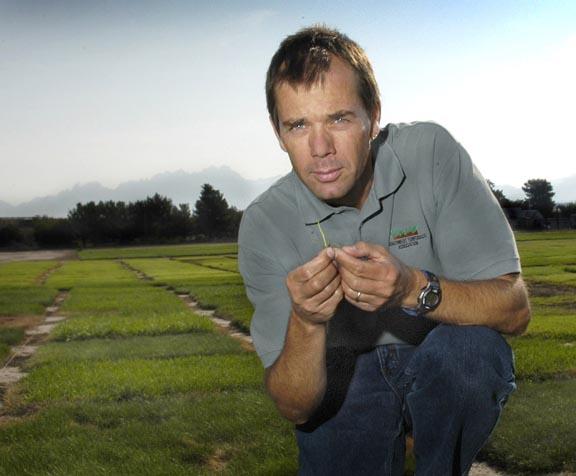
There are two kinds of golf courses in the world, those challenged by water quality and availability now, and those that will be some time in the near future.
A recent study conducted by researchers at New Mexico State University shows that use of plant growth regulators and soil surfactants can help turfgrass managers use water more efficiently, at least on certain varieties of Bermudagrass and paspalum.
According to the study, which was conducted in 2010-12, use of Trinexapac-ethyl on Princess Bermudagrass and Sea Spray seashore paspalum resulted in acceptable visual quality when watered using both potable and saline sources with sprinklers or drip irrigation at 50 percent of ET.
"Over the course of the three-year study, chemical treatments and drip irrigation had a positive effect on stand quality," the researchers wrote in their conclusion. "After (three years) of prolonged drought stress, the quality of sprinkler-irrigated grasses dropped below an acceptable rating of 6. Our results suggest that TE in combination with SDI may help to maintain plant stand quality and functionality during drought conditions."
Results of the study, which also included how some surfactants influenced soil moisture during times of drought, were published earlier this year in Crop Science.
Plots at the university's Turfgrass Salinity Research Center were irrigated at 80 percent of ET in the spring and fall and once every two weeks during the winter. Throughout the summer, water was applied at 50 percent of ET using either water source, potable and saline (2,300 ppm dissolved salts).
According to the study, visual quality in both turf varieties was acceptable when irrigated with dirty water on all data collection dates during the first two years of the study, but declined in 2012. The results were the same throughout all three years of the study for Princess 77 using both sprinkler and drip irrigation. However, on the Sea Spray samples irrigated with dirty water, visual quality was higher in year 3 in plots watered with dripline technology.
Turf quality and cover also was measured as Normalized Difference Vegetation Index. When comparing the interactions of turf type, water quality and applications of growth regulators, turf quality as measured by NDVI slowly declined in each year of the study for Princess 77 and Sea Spray. In fact, by year 3, the lowest ratings for both Princess 77 and Sea Spray plots were plots irrigated from sprinklers with potable water.
"Our results indicate," researchers wrote, "that appropriate water conservation strategies can be applied in arid zones without a significant loss of functionality of the turf stand."

